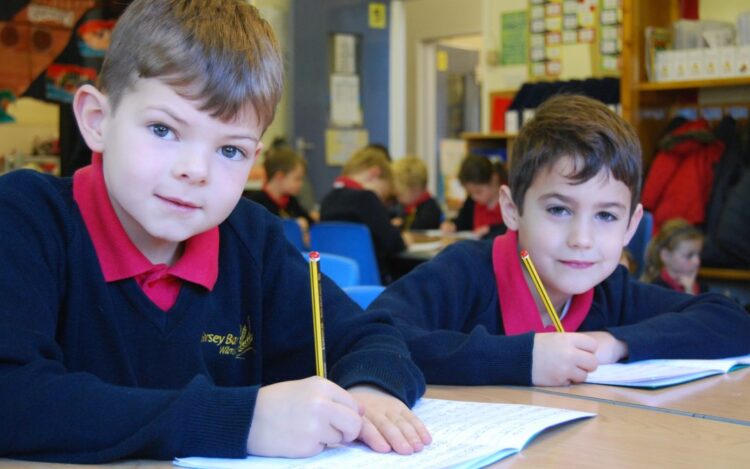By Sheila Mckenzie-
Primary school closures created substantial inequality in time spent learning between pupils from poorer and better-off families researchers have said.
Most children will have spent over five months out of school by the time they return in September, with only a limited percentage actively engaged in home learning.
Researchers point out that children from disadvantaged backgrounds are impacted most, only few of them have had the benefit of sustained home schooling. Such children already achieve less well on average than their better-off classmates and whose parents are at greater risk of losing their jobs as a result of the crisis.
Research studies from the Centre for Longitudinal Studies, the Sutton Trust and the National Foundation for Educational Research among others reveals that children from different backgrounds have indeed had a very unequal experience of home learning.
New research, funded by the Nuffield Foundation and released on Monday, attempts to address these questions. The research is based on bespoke survey data we collected on around 5,500 parents of school-aged children in England, who mainly responded in the first two weeks of May.
Researchers asked parents how they and their children spent each hour of what would have been a normal school day. We then compared time use during the lockdown with data from before the crisis, which come from the 2014–15 UK Time Use Survey.
On average, primary school students spent 4.5 hours learning on a typical school day during the lockdown, down from 6.0 hours before the lockdown (25% reduction). For secondary schools, the absolute and proportionate drops were even larger, from 6.6 hours a day before the lockdown to 4.5 hours a day during the lockdown (32% reduction).
Researchers found that learning time has also become more unequal, especially at primary school.
The lockdown has created new inequalities in learning time. Prior to the pandemic, researchers found essentially no difference between the time that children from the poorest and richest households spent on educational activities- a conclusion which is disputable in itself.
What is without dispute is that during the lockdown, learning time fell by less among primary school children from the richest families than among their less well-off peers. The end result is that, during the lockdown, the richest students spent 75 minutes a day longer on educational activities than their peers in the poorest families – an extra 31% of learning time.
At secondary school, though, the picture looks very different. While the size of the gap between children from the poorest and the richest households during the lockdown, at 73 minutes a day, is almost precisely the same size as the gap for primary students.
Secondary school pupils from the richest fifth of families spent almost an hour a day more time on education than their worst-off peers.
Pronounced
Researchers say the inequalities between the middle and the bottom are just as pronounced as those between the middle and the top. They add that the widening of the socio-economic learning-time gap during the lockdown suggests that the lockdown could worsen educational inequalities between children from poorer and richer backgrounds, especially among primary school students.
Added to the above factors creating differences between children from different backgrounds is the quality of the home learning environment and the resources children receive from their schools. Also, large majority of primary and secondary school children from all earnings groups had a computer or tablet always available; richer kids are more likely to have access than those in the poorest fifth.
Better-off children are also more likely to have their own study space, as opposed to having no space at all. This inequality is particularly marked for primary school children, where the richest fifth are 22 percentage points more likely to have space than the poorest.




